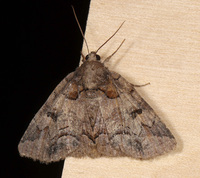
| Recorded by: John Petranka, Jim Petranka and Becky Elkin on 2025-05-09
Columbus Co.
Comment: | 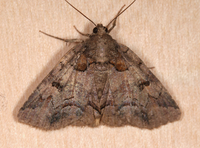
| Recorded by: John Petranka, Jim Petranka and Becky Elkin on 2025-05-09
Columbus Co.
Comment: |
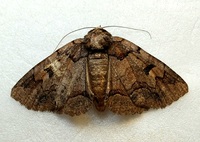
| Recorded by: Mark Basinger on 2025-04-30
Wilson Co.
Comment: | 
| Recorded by: Jim Petranka on 2025-04-26
Madison Co.
Comment: |
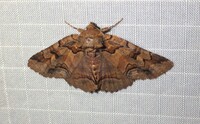
| Recorded by: Lenny Lampel on 2025-04-25
Mecklenburg Co.
Comment: | 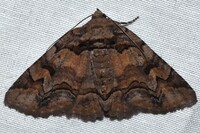
| Recorded by: David George, Jeff Niznik on 2025-04-05
Chatham Co.
Comment: |
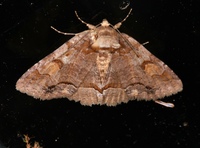
| Recorded by: Jim Petranka on 2024-05-20
Madison Co.
Comment: | 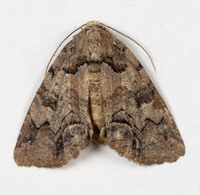
| Recorded by: Stephen Hall, David George, and David Bradley on 2024-05-07
Durham Co.
Comment: |
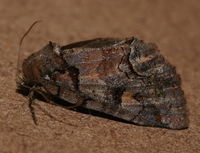
| Recorded by: David George, Jeff Niznik on 2024-04-29
Chatham Co.
Comment: | 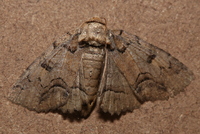
| Recorded by: David George, Jeff Niznik on 2024-04-29
Chatham Co.
Comment: |

| Recorded by: Mark Basinger on 2024-04-29
Wilson Co.
Comment: | 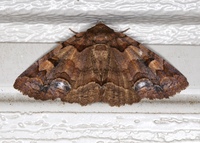
| Recorded by: Jim Petranka on 2024-04-27
Madison Co.
Comment: |

| Recorded by: Jim Petranka on 2023-05-13
Madison Co.
Comment: | 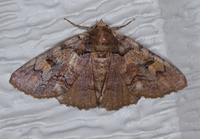
| Recorded by: Jim Petranka on 2023-04-21
Madison Co.
Comment: |
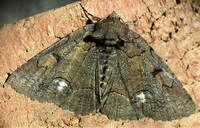
| Recorded by: Dean Furbish on 2023-03-01
Wake Co.
Comment: | 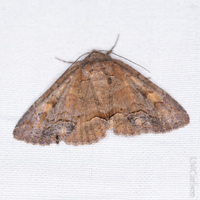
| Recorded by: David George, L. M. Carlson on 2022-06-21
Caswell Co.
Comment: |
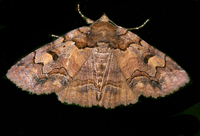
| Recorded by: Jim Petranka on 2022-04-30
Madison Co.
Comment: | 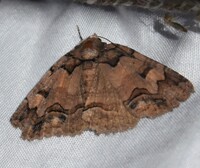
| Recorded by: Jeff Niznik on 2022-04-25
Wake Co.
Comment: |
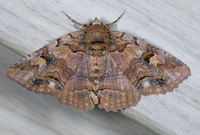
| Recorded by: Jim Petranka on 2022-04-23
Madison Co.
Comment: | 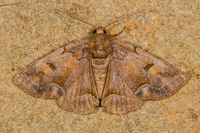
| Recorded by: David L. Heavner on 2021-06-17
Chatham Co.
Comment: |
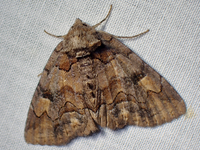
| Recorded by: tom ward on 2021-05-26
Buncombe Co.
Comment: | 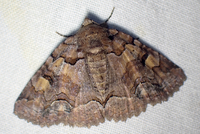
| Recorded by: tom ward on 2021-05-09
Buncombe Co.
Comment: |
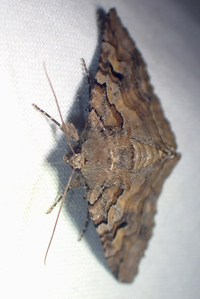
| Recorded by: tom ward on 2021-05-09
Buncombe Co.
Comment: | 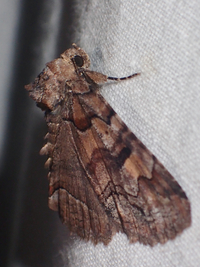
| Recorded by: tom ward on 2021-05-09
Buncombe Co.
Comment: |
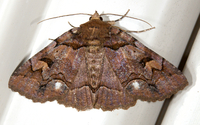
| Recorded by: Jim Petranka and Becky Elkin on 2019-04-23
Madison Co.
Comment: | 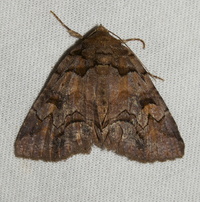
| Recorded by: Jim Petranka and Becky Elkin on 2018-05-17
Madison Co.
Comment: |
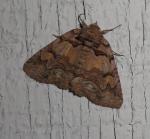
| Recorded by: B. Bockhahn, P. Scharf, L. Amos on 2015-05-12
Warren Co.
Comment: | 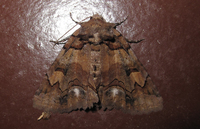
| Recorded by: Lenny Lampel on 2015-04-10
Mecklenburg Co.
Comment: |
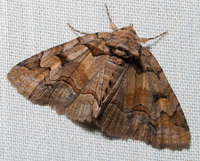
| Recorded by: Steve Hall on 2015-04-10
Orange Co.
Comment: | 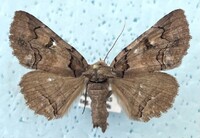
| Recorded by: Darryl Willis on 2015-04-09
Cabarrus Co.
Comment: |
|

 »
»



 »
»

